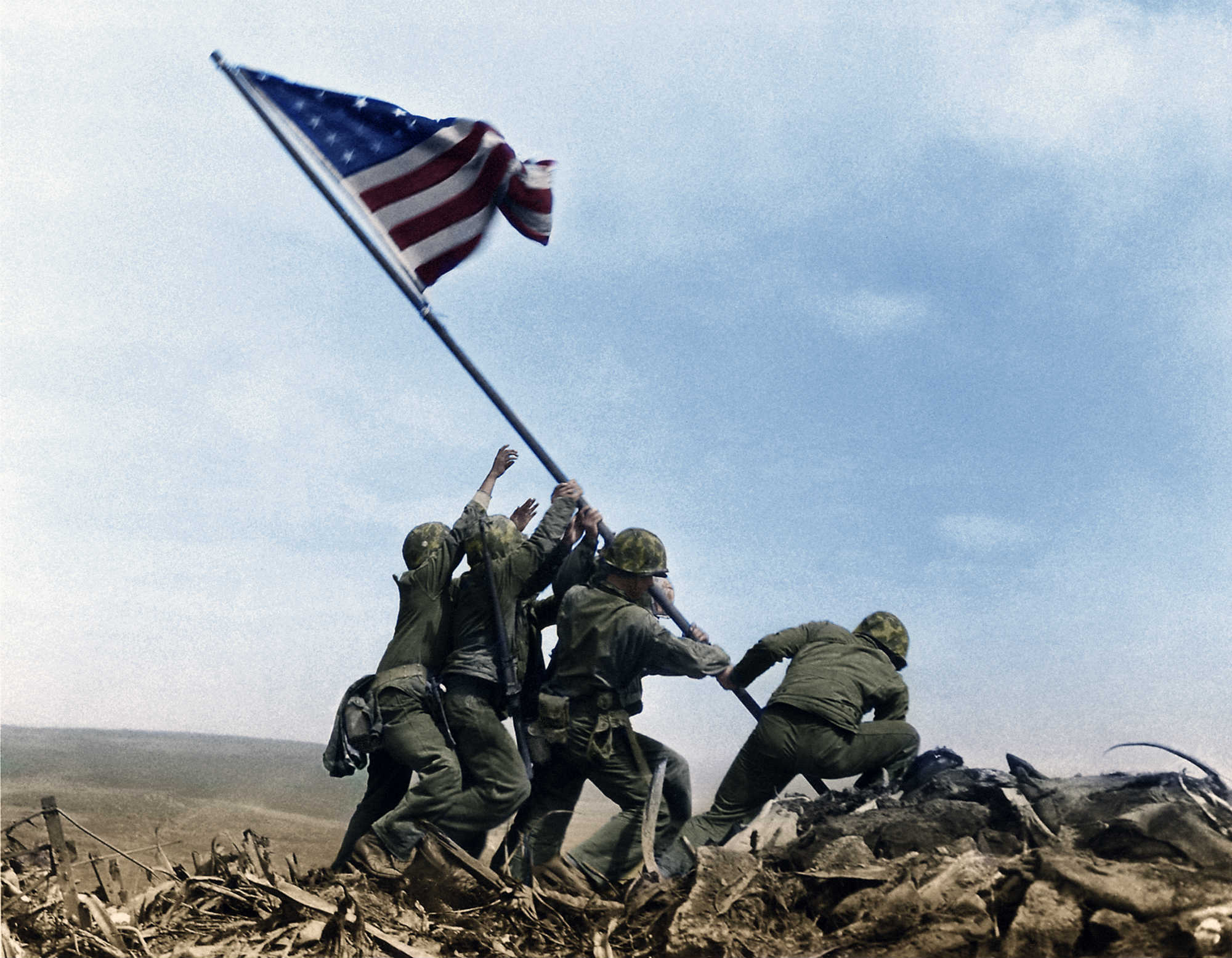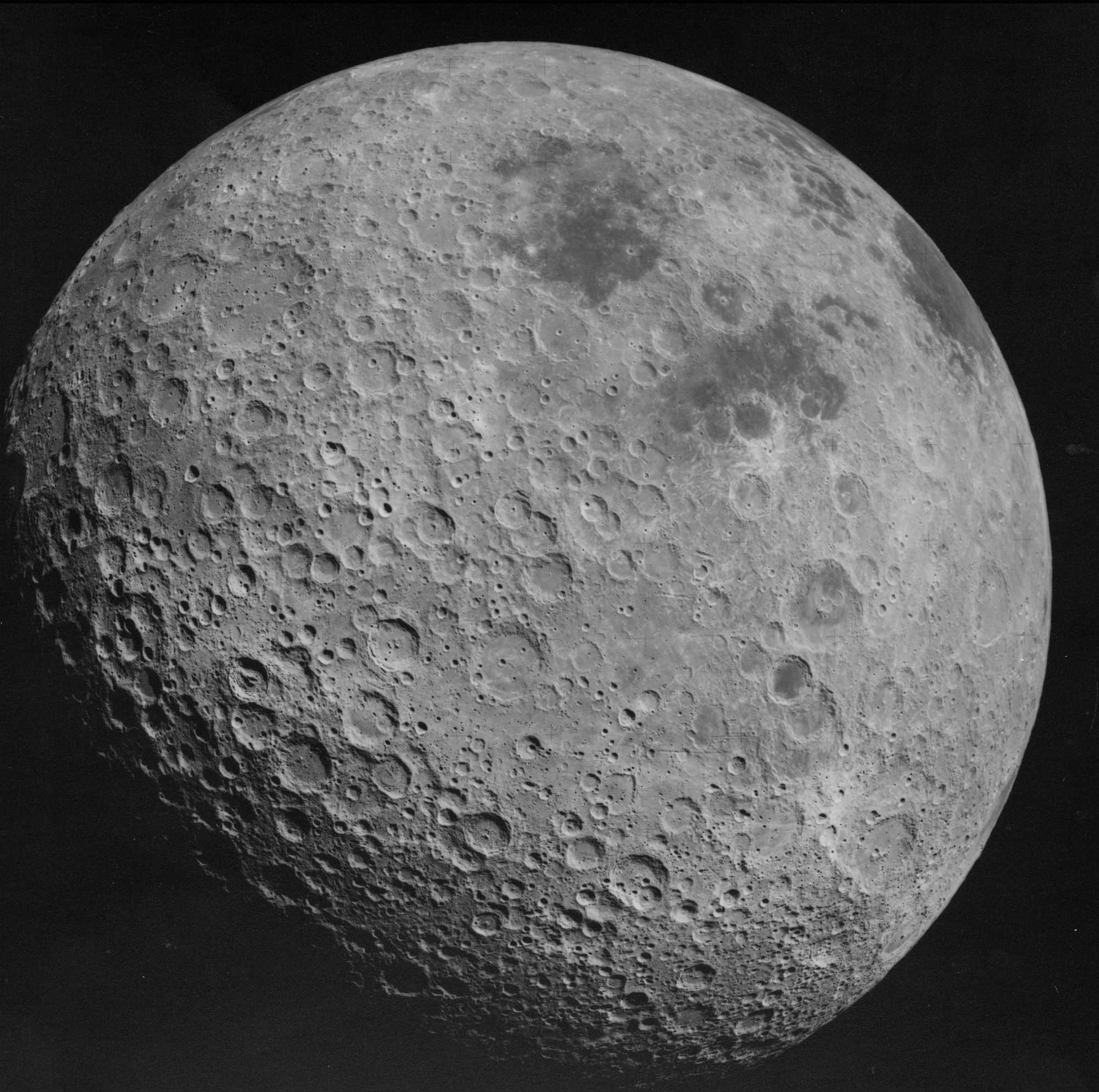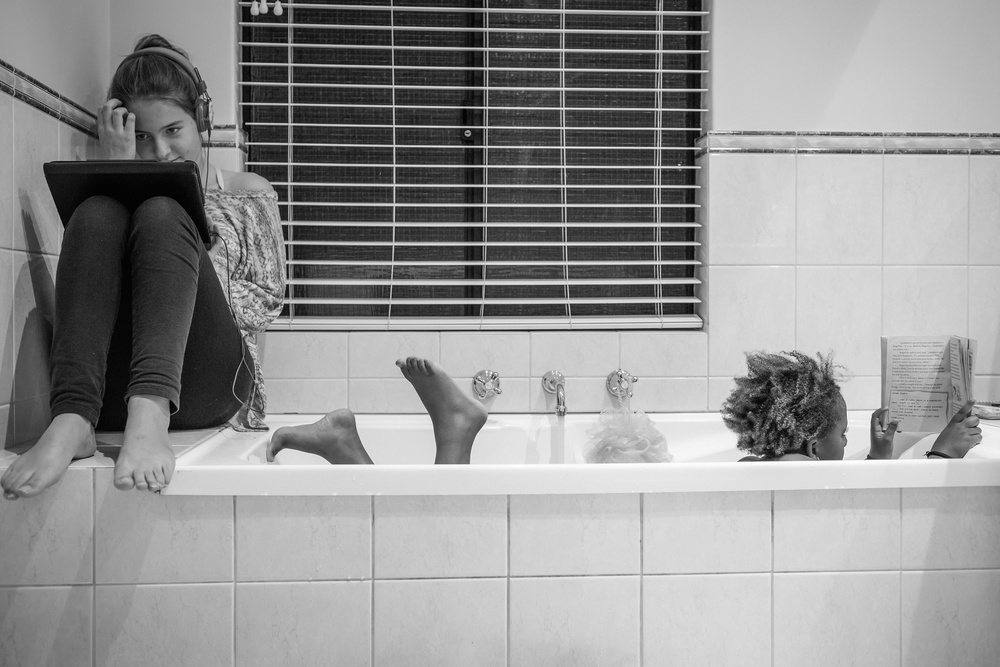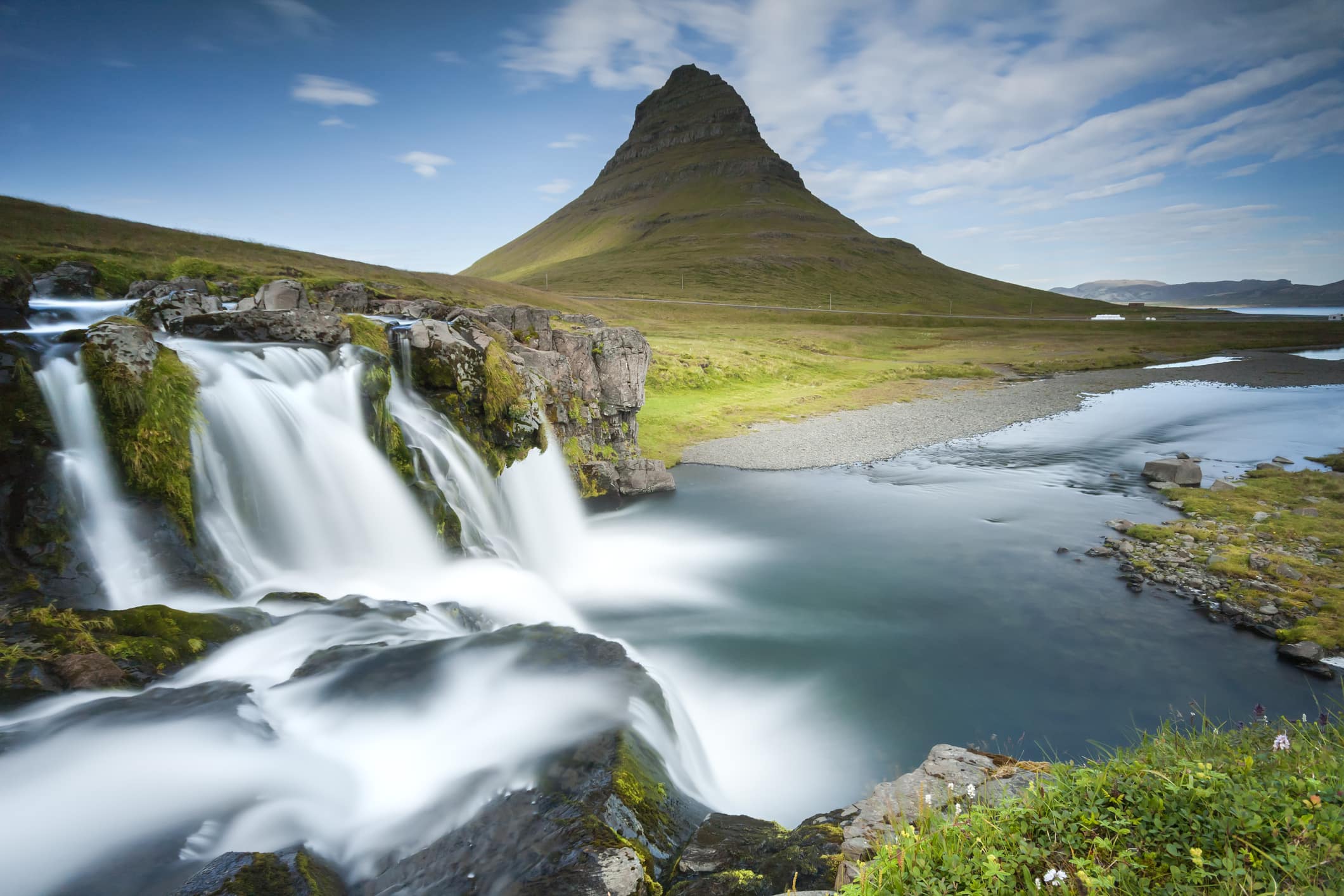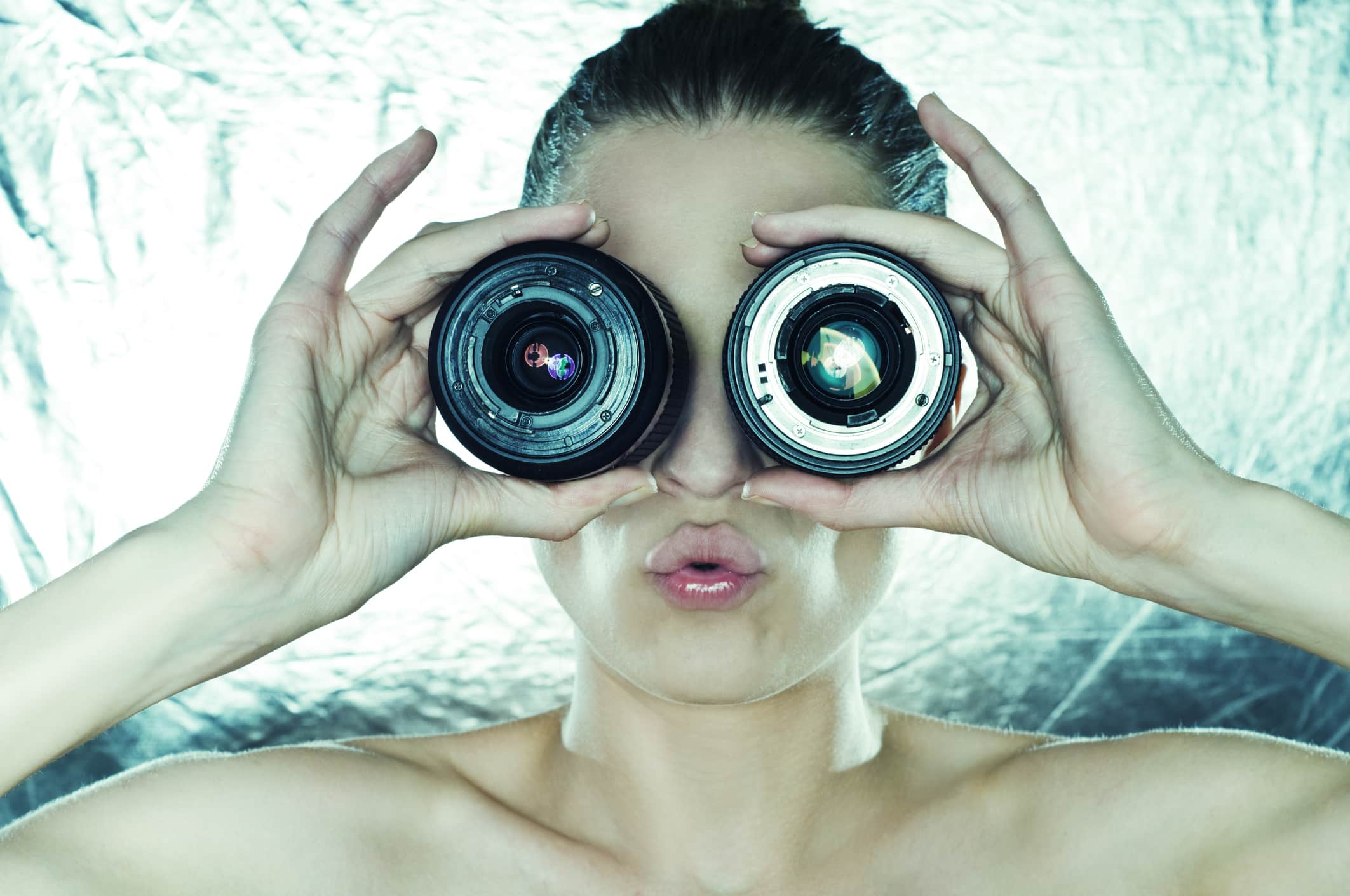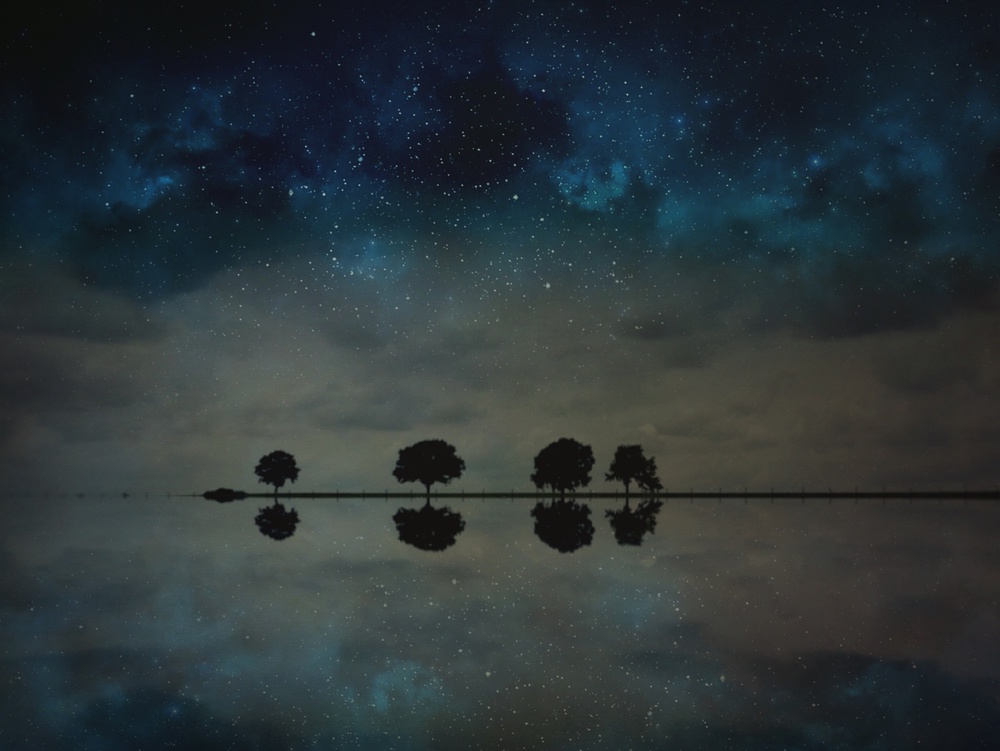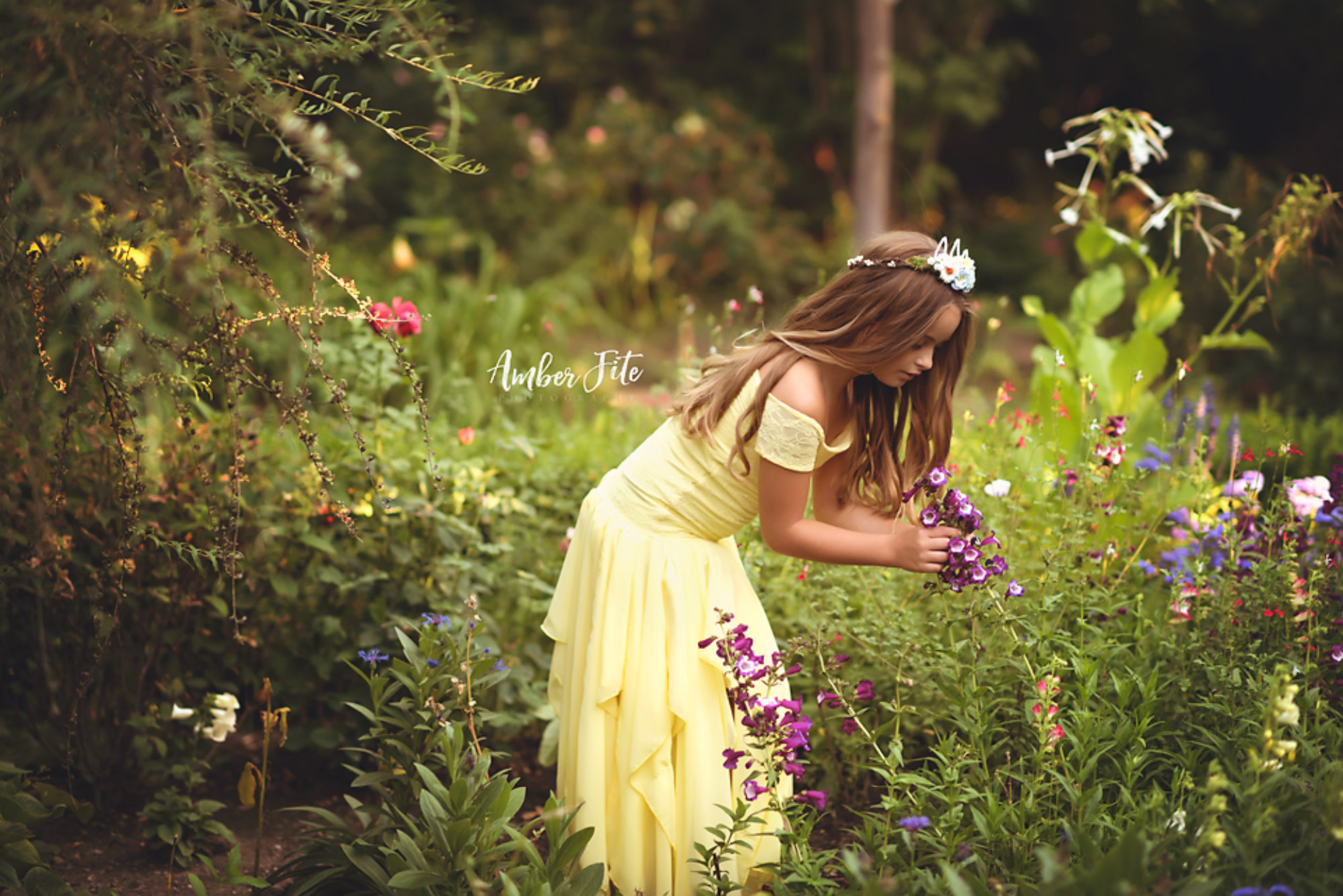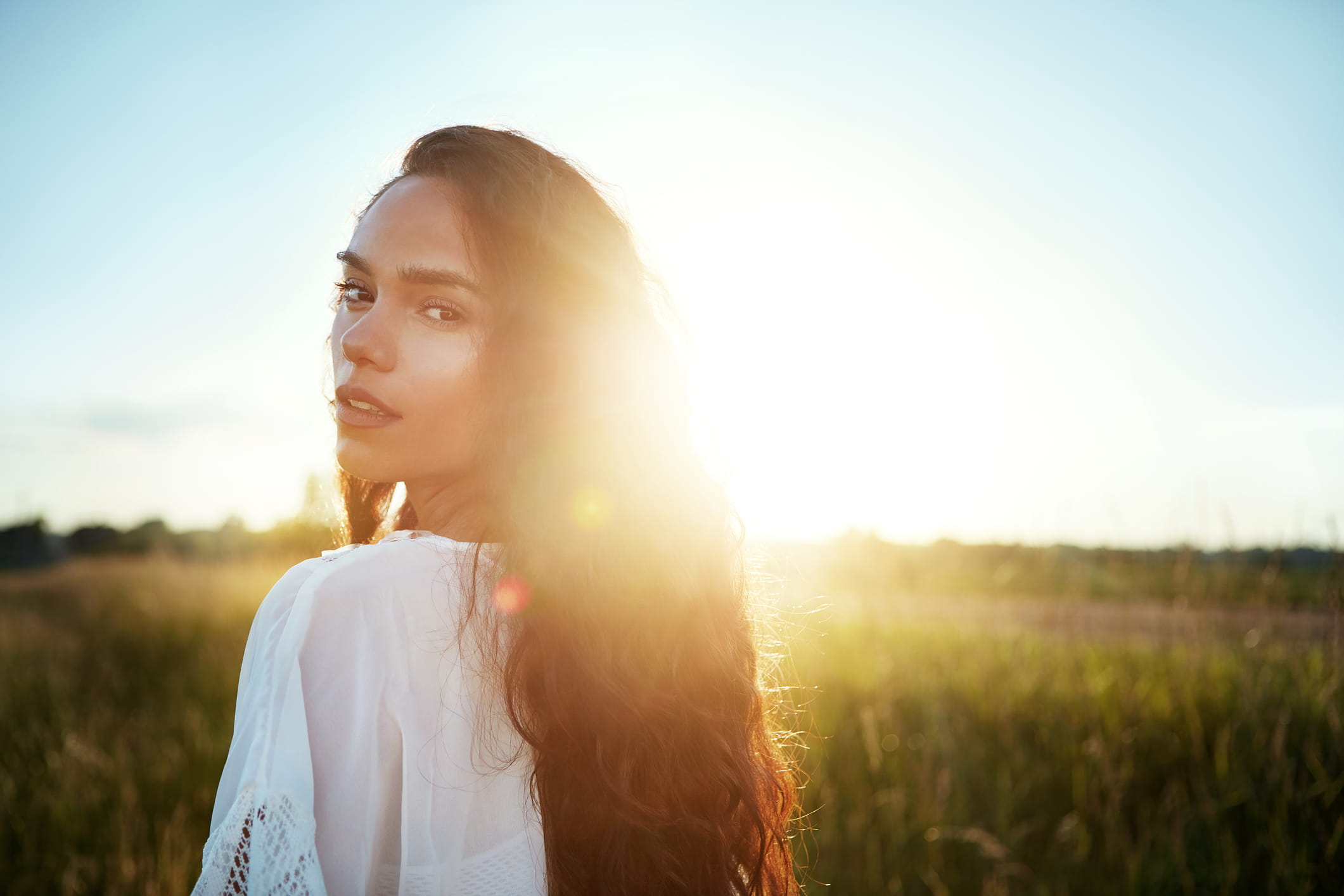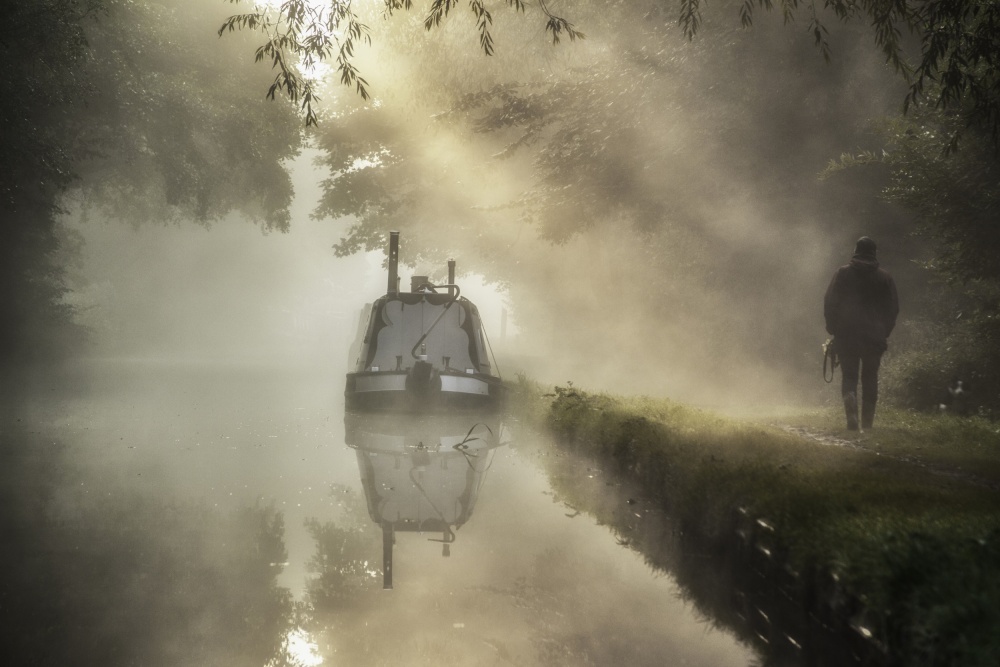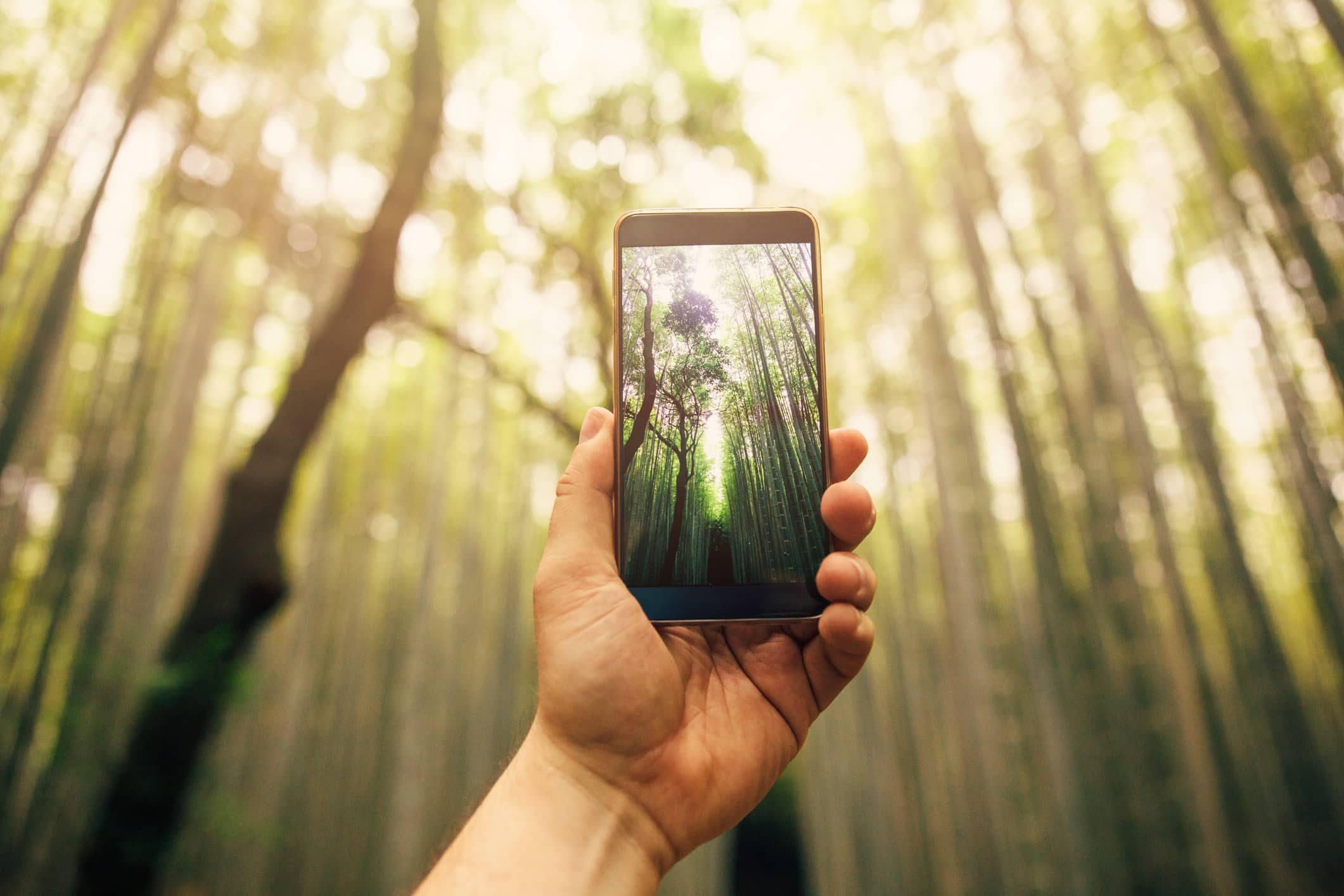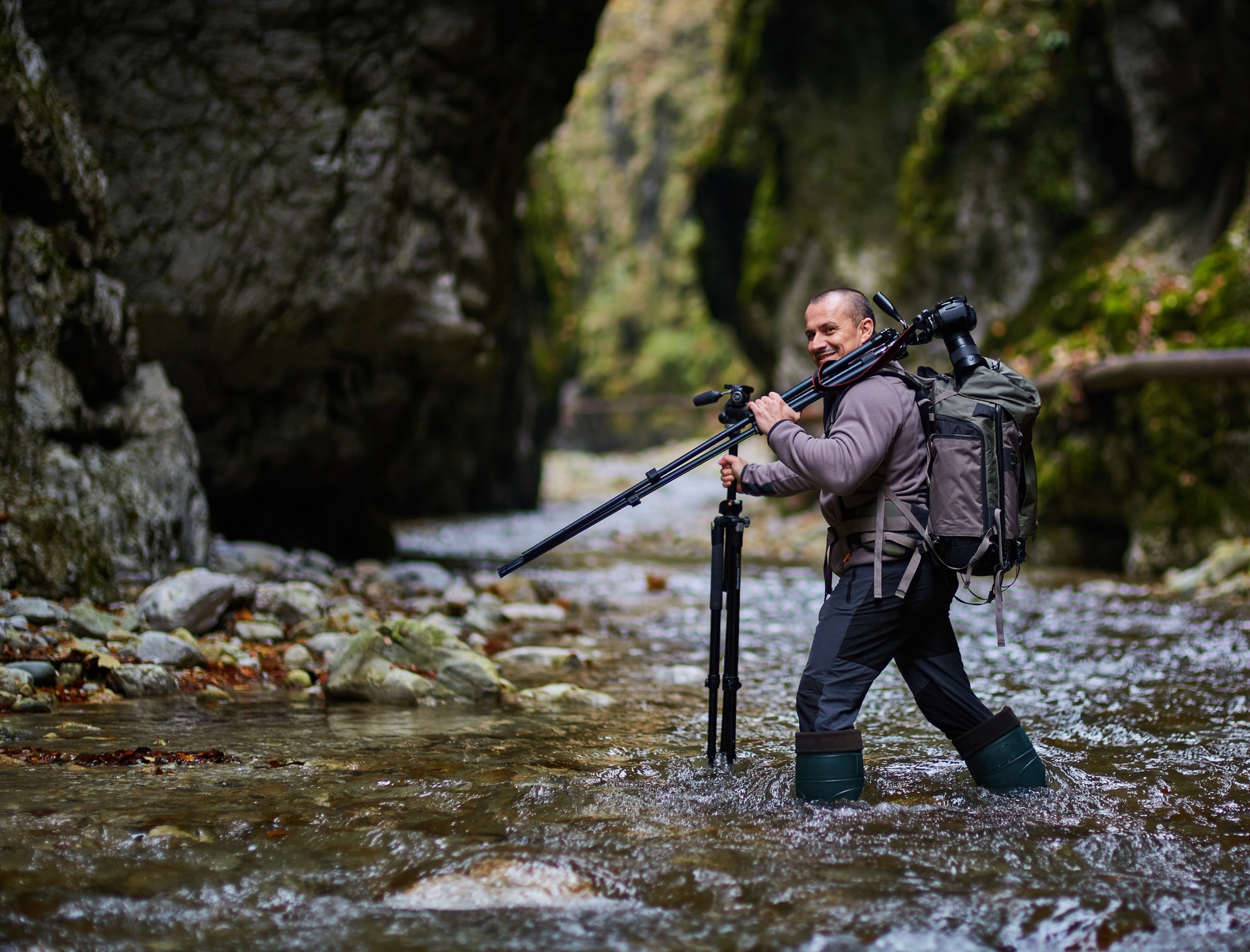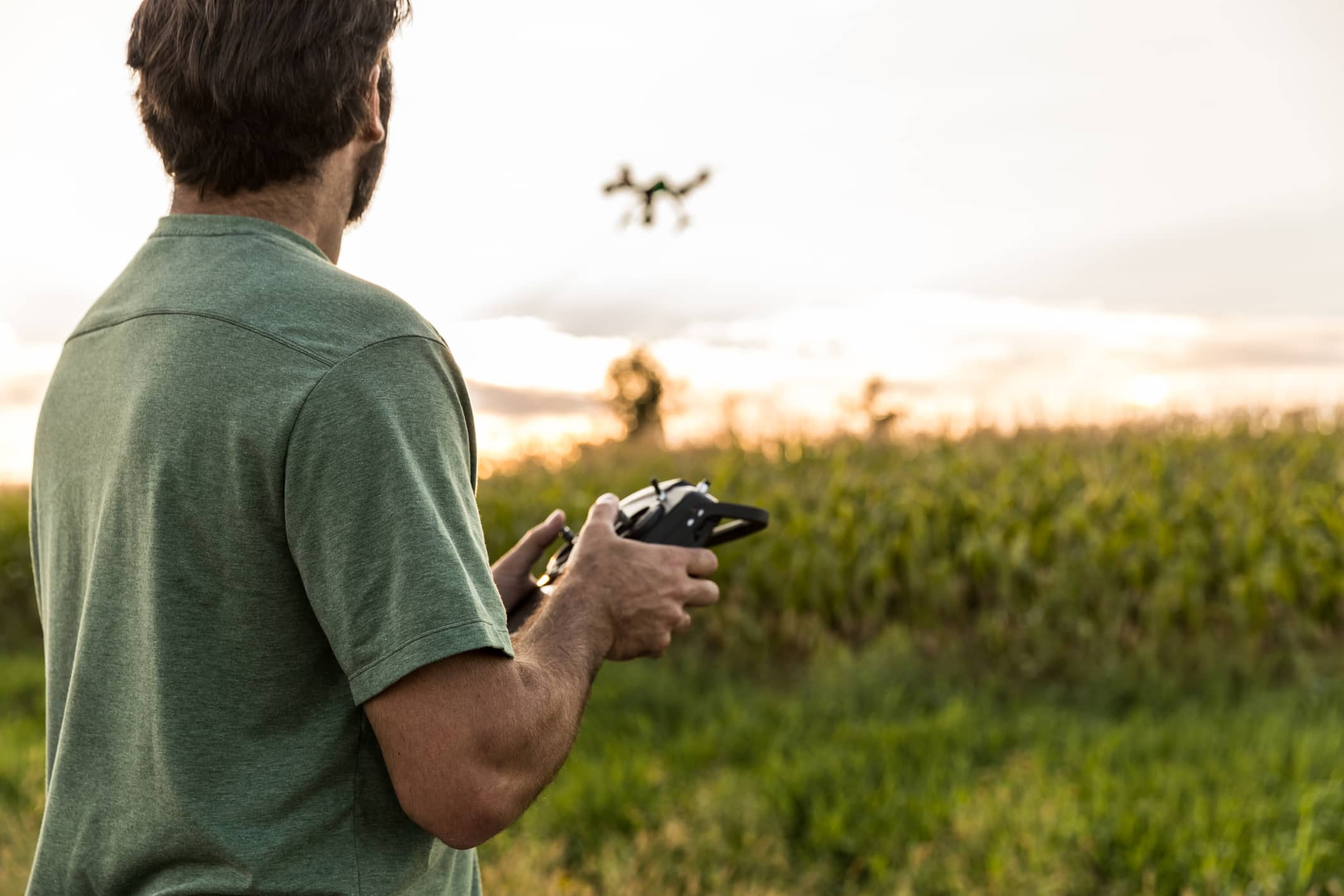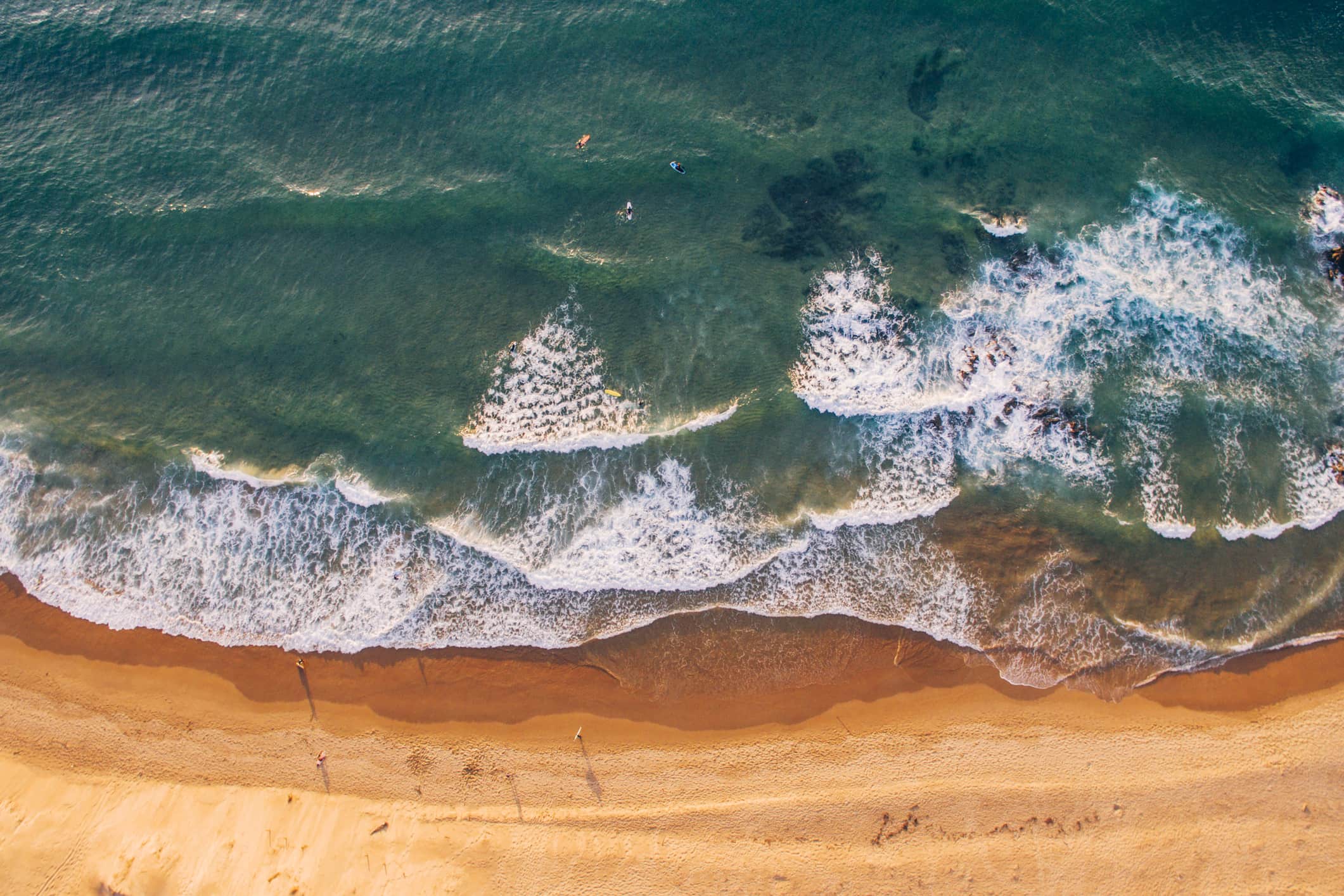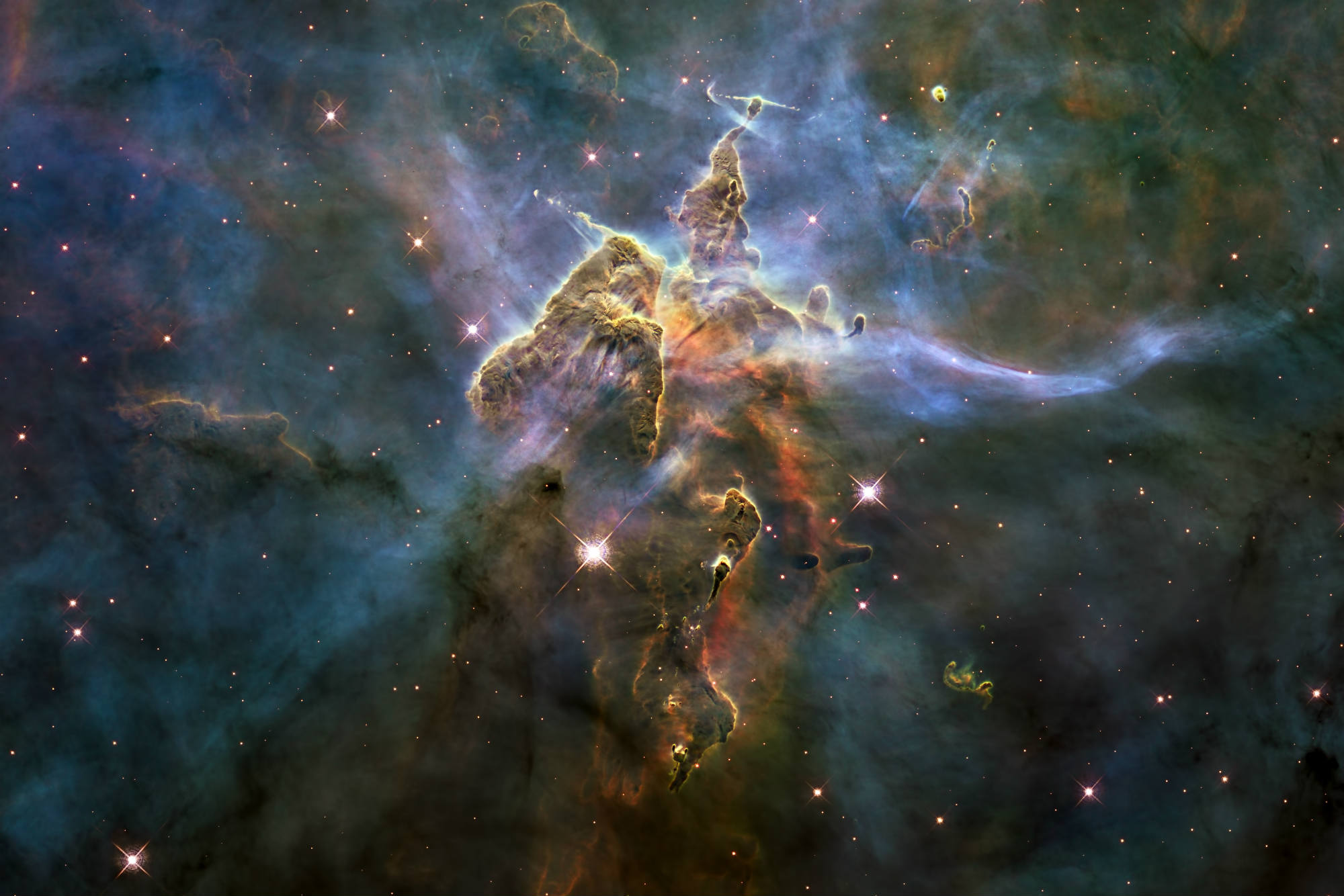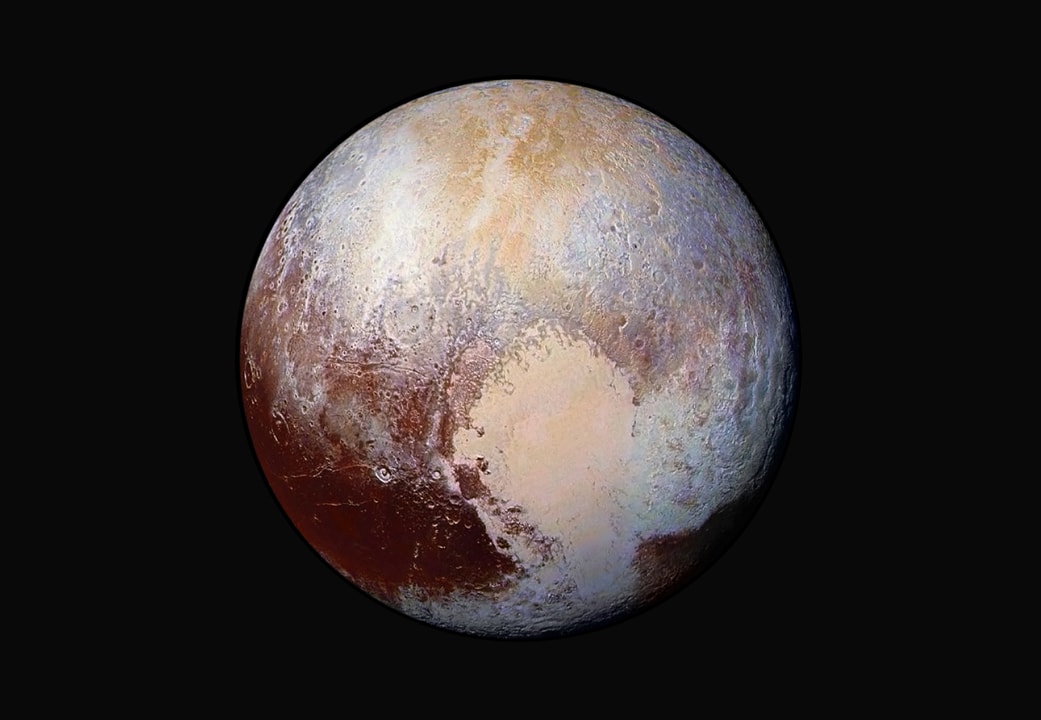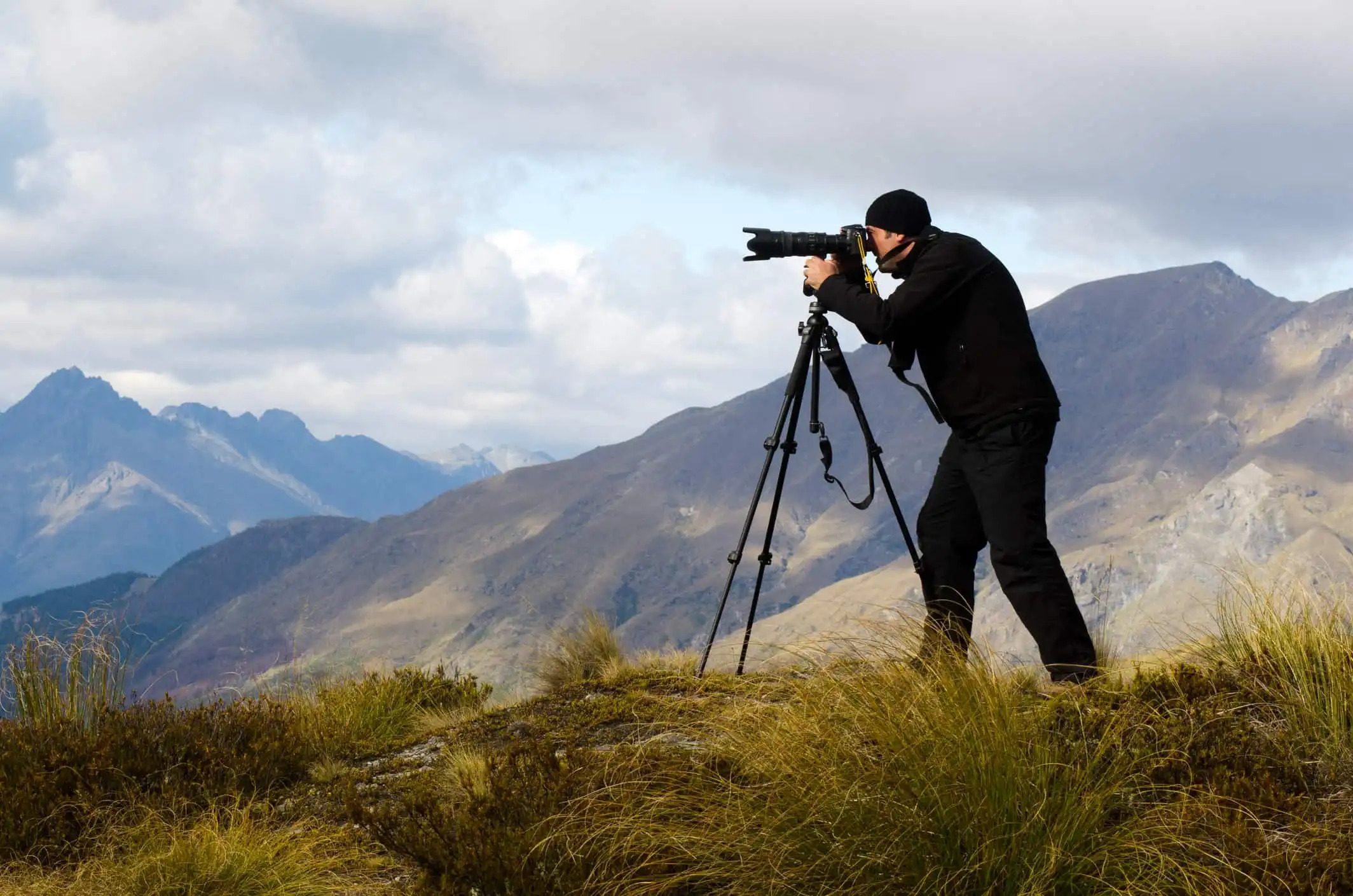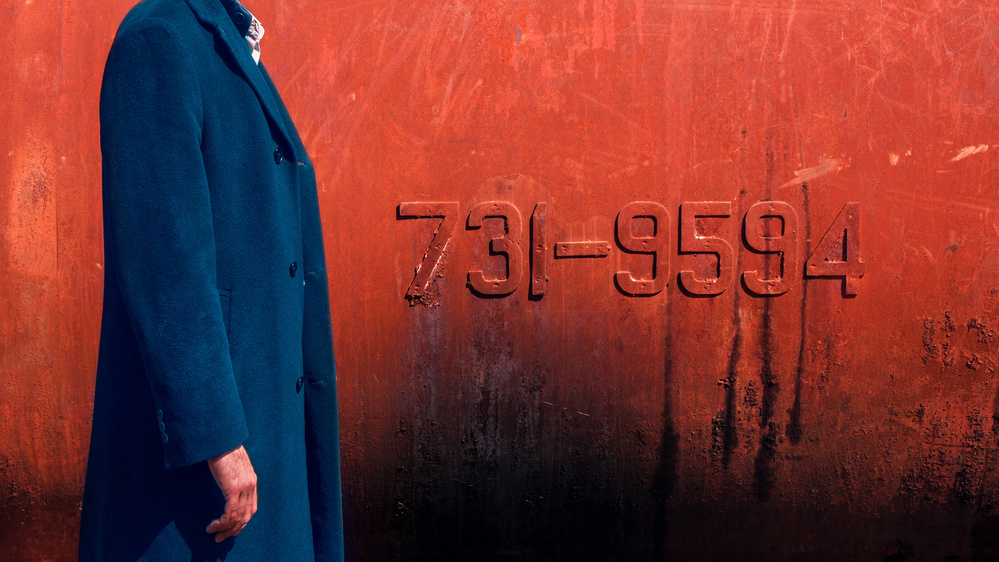Tips & Tricks
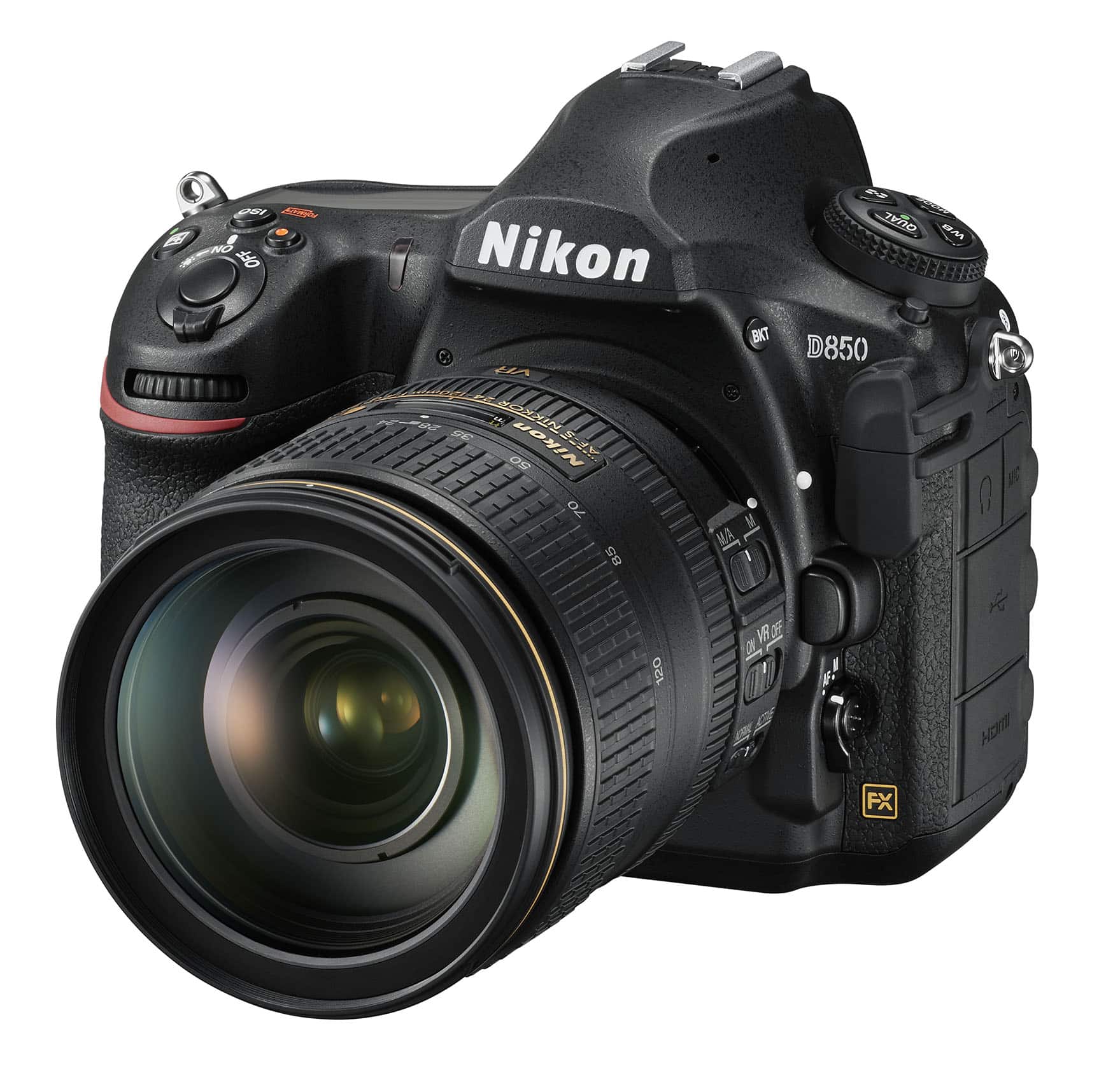
60 Days With the Nikon D850 - No Hype, No BS...Not a Review You Want to Miss!
Photography Talk
Leading up the release of the Nikon D850, there were a number of rumors about what the camera would be.
As we all patiently waited for the release of this amazing camera, anticipation snowballed.
Now, let me lay out some understanding of my background with Nikon DSLR camera bodies...
I started with the Nikon D90, then the D700, then the D800, and finally the D810. Each one of these cameras - like the D850 - had a laundry list of rumors.
Each one of the above cameras was great, however, in many cases, they fell short of the rumors and fell short of Nikon's marketing hype to some degree.
With that in mind, I'll say the D850 is the first camera to live up to the rumors and transcend expectations. It's no wonder why this camera was scored so highly by DxOMark. It EARNED it!
As a landscape photographer, here are the features about the Nikon D850 that personally jumped out at me.
Nikon D850 Specs

Before I proceed with the review, I think it's important to outline some of the D850's top specifications.
As I alluded to in the introduction, this rig has won tons of accolades in a short time.
That includes garnering the highest DxOMark score ever for an image sensor.
At 45.7-megapixels, the D850's sensor offers tons of resolution. It's backside illuminated, too, which certainly helps in the resolution department, not to mention producing images with improved dynamic range and less noise at higher ISOs (I can consistently shoot at ISO 3200 and above with little noise).
In fact, the D850 is so good at accommodating wide dynamic ranges that I have found it capable of capturing both highlights and shadows in scenes that I would have needed a graduated ND filter to capture with my D810.

What's more, the D850 has Nikon's latest image processor, the Expeed 5, for handling tasks quickly and efficiently.
The 153-point autofocus system isn't bad, either, allowing you to photograph both still and moving subjects while ensuring a greater likelihood that they'll be in focus. The 7fps burst shooting speed (9fps with an optional battery grip) is impressive, too.
Add to that an ISO range that extends from a low of 64 to a high of 102,400, and you have the makings of a camera that can perform well in virtually any conditions you might find when photographing outdoors.
It even has top-notch video capabilities - it'll shoot 4K video at 30fps and 1080p video at a whopping 120fps.
So, the question is, what Nikon D850 features are best for landscapes?
It Feels Great

Let's start on the outside...
If you're already a Nikon shooter, the D850 will feel like an old friend.
As you grip the camera body, it feels familiar if not comfortable, thanks to the fact that the D850 is a similar size as the D810 and carries over the same button configuration.
That means that this rig is easy to use because you'll already know where everything is.
But even if you aren't a Nikon shooter, the D850 will still feel like a great camera in the hand and you'll find that the layout of its buttons is both intuitive and logical.
The addition of the autofocus joystick selector from the Nikon D500 is a nice touch, as is the Function 2 button to give you a little more customization possibilities.
The buttons are also illuminated, so when you're out shooting at dusk or at night, you can actually see what's what.
Learn More:
- The Nikon D850 is the King of All DSLR Cameras EVER!
- The Nikon D850 vs. the (Rumored) Nikon 5D Mark V
The Viewfinder and LCD are Awesome

The D850 does not have a pop-up flash, which means two things.
First, the weather-sealing is much improved as there's no longer the flash housing to worry about.
Second, and perhaps more important, the viewfinder now has a little more room, meaning it now has a 0.75x magnification factor - the largest of any Nikon DSLR.
Not only that, but the viewfinder is gloriously bright and detailed, giving you a prime view of your landscape subject matter. It has a built-in eyepiece shutter too, which helps prevent light leakage for those situations in which you're shooting long exposures with a beefy neutral density filter.

Perhaps the biggest exterior upgrade from the D810 to the D850 is the addition of the tilting touchscreen LCD.
A tilting screen in and of itself is nice given that it enables you to take low-angle shots with greater ease, but touchscreen capability is just the icing on the cake.
The LCD is big, bright, and high-resolution. You can see it well, even in broad daylight, and the large surface area means you can easily select menu options, navigate through your photos, take photos, and focus the camera.
It even has a virtual horizon to help you keep those horizons on the straight and level.
Focusing is Easy and Accurate
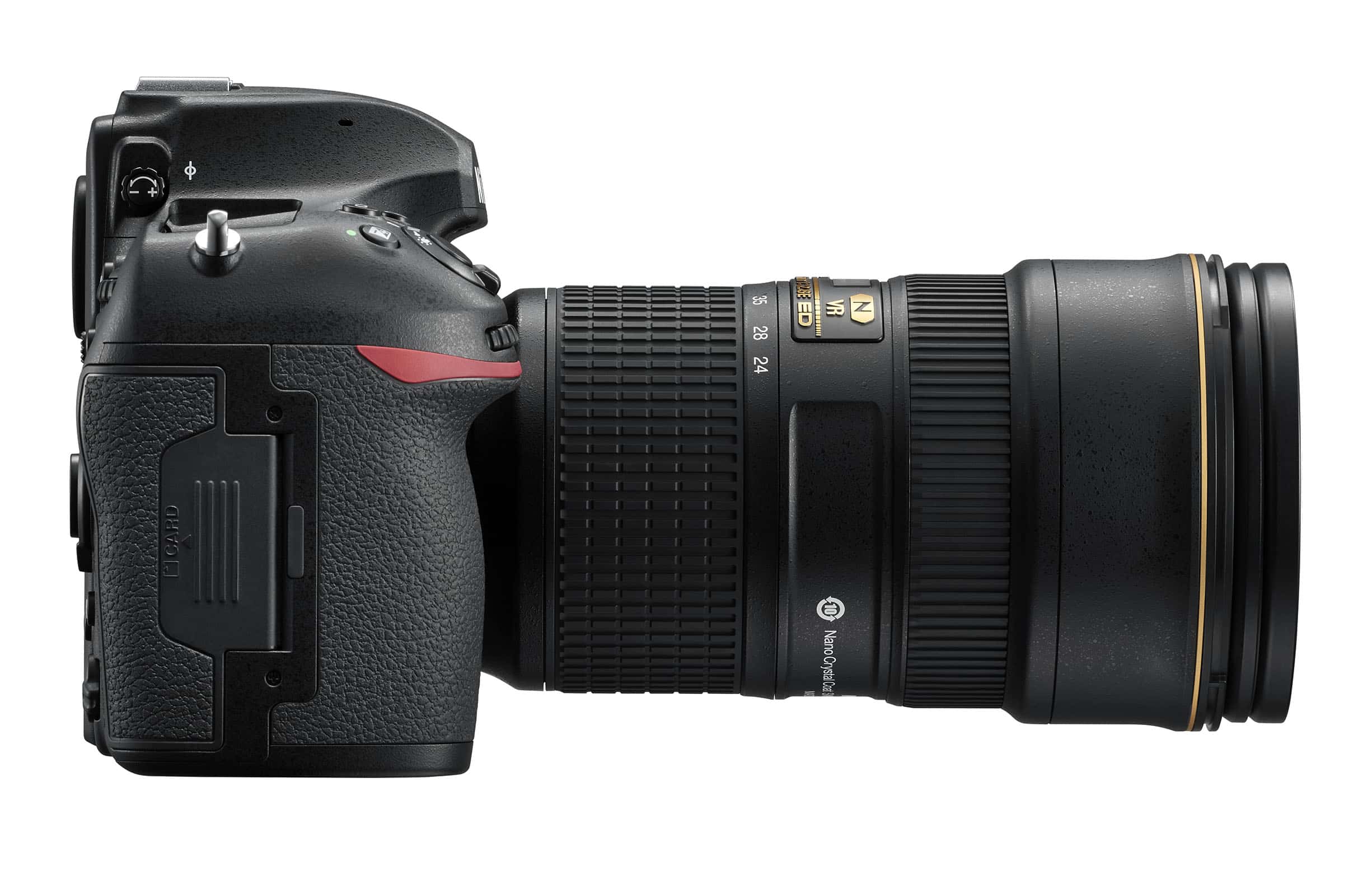
One thing that quickly kills an otherwise excellent photo is focus that's off.
That's why I appreciate the D850's improved focusing abilities over its predecessors.
For starters, when manually focusing in live view, you get a much cleaner, crisper display, making manual focusing much easier.
This rig's 153-point autofocus system with 99 cross-type autofocus points - which comes from the Nikon D5 - is a joy as well.
It's partnered with a 180,000-pixel metering system that garners impeccably sharp results.
On occasions when you're photographing a moving target, like wildlife, you'll find that the D850 locks on quickly and tracks their movements with ease.
Aiding in your endeavor to get a sharp image is the multi-directional joystick that's just above the LCD panel.
The joystick lets you move the selected autofocus point or even clusters of autofocus points with ease and do so quickly as well. See the D850's autofocus in action in the video below by Matt Granger.
To match the excellent focusing speed is the D850's ability to shoot in burst mode at 7fps. That's a speed that will accommodate virtually any landscape scene you might encounter.
Add to that a much-improved buffer that can handle up to 170 12-bit RAW files, and you have the makings of a camera that can capture a ton of images in short order. That's great news for landscape photographers that find themselves photographing speedy animals and birds on occasion.
Another feature that I really like is the integrated focus peaking, a first for a Nikon DSLR camera.
With three different levels of peaking - low sensitivity, standard, and high sensitivity - the camera will place a red outline around the areas of sharp focus when you're manually focusing in live view.
Though some will find it a bit gimmicky, focus peaking certainly assists you in nailing down the depth of field before you ever press the shutter button.
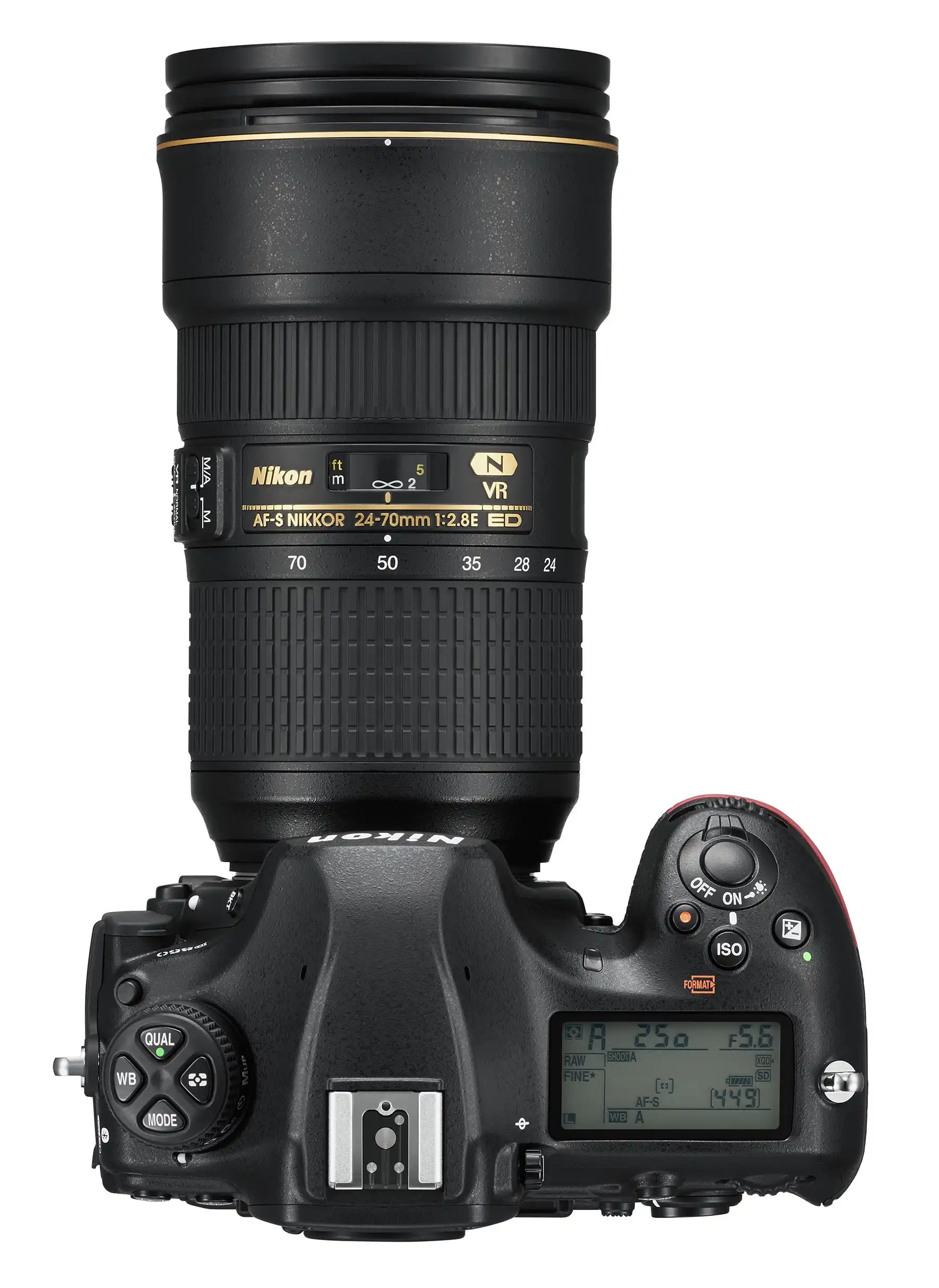
Another new feature on the D850 is something that macro photographers are sure to love...
With built-in focus stacking that allows you to combine up to 300 images into one, you can create sharply focused images of bugs, plants, and other tiny landscape elements.
You just select your beginning focus point and the camera will automatically adjust the point up to infinity in each subsequent frame.
Learn More:
- Sony a7R III vs. Nikon D850: Which is Best?
- What You Need to Know About the Nikon D850 Before Spending a Dime
Other Goodies

There's tons of other features that I've found incredibly helpful over the last two months. Here's a short list:
- The silent shutter is awesome for wildlife photography. And when I say "silent," I mean this thing is absolutely dead quiet.
- The buffer holds about twice as many images as the D810. That's definitely a bonus.
- You can wirelessly control the camera via Nikon's SnapBridge, which is nice for times when I want to be in the shot. The user interface of SnapBridge is fairly poor, but still...
- With improved mirror lockup, you can better time your shots to capture the moment that action happens. When shooting in live view, the D850 immediately takes an image when you press the shutter. Compare that to the D810 which requires you to press the shutter button twice to get the shot.
- An additional customizable Fn button is certainly welcomed.
In the end, the Nikon D850 isn't a perfect camera, but it's damn close.
The resolution alone is a big draw for landscape photographers that want to blow up their images to huge prints.
The excellent autofocus system with fast burst shooting is nice as well.
And, as I mentioned above, the familiar feel of the D850's body and intuitive layout of its controls means that you can grab the camera and be comfortable shooting almost immediately.
Though some have labeled the D850 as a mere replacement for the D810, I'd argue differently.
This thing is a beast unto itself, and if you ask me, is the best camera Nikon has ever made.
But that's just this landscape photographer's humble opinion!
See an in-depth review of the Nikon D850 for landscape photography in the video above by Steve Perry.



